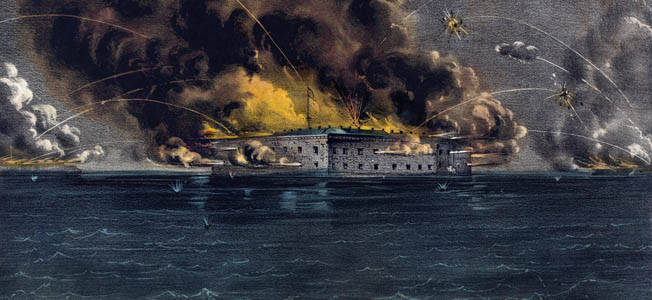
civil war
Fort Sumter: A Photographical Diary
by Al HemingwayAs the epicenter of the Civil War, Fort Sumter naturally attracted much photographic attention. The first photographer to visit the fort after the 1861 bombardment and surrender was F.K. Read more






















